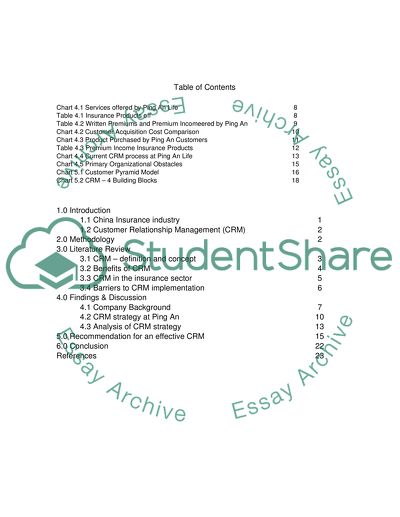Cite this document
(“An Evaluation of CRM Strategy at Ping An Life Insurance, China Dissertation”, n.d.)
Retrieved from https://studentshare.org/human-resources/1486797-an-evaluation-of-crm-strategy-at-ping-an-life-insurance-china
Retrieved from https://studentshare.org/human-resources/1486797-an-evaluation-of-crm-strategy-at-ping-an-life-insurance-china
(An Evaluation of CRM Strategy at Ping An Life Insurance, China Dissertation)
https://studentshare.org/human-resources/1486797-an-evaluation-of-crm-strategy-at-ping-an-life-insurance-china.
https://studentshare.org/human-resources/1486797-an-evaluation-of-crm-strategy-at-ping-an-life-insurance-china.
“An Evaluation of CRM Strategy at Ping An Life Insurance, China Dissertation”, n.d. https://studentshare.org/human-resources/1486797-an-evaluation-of-crm-strategy-at-ping-an-life-insurance-china.


